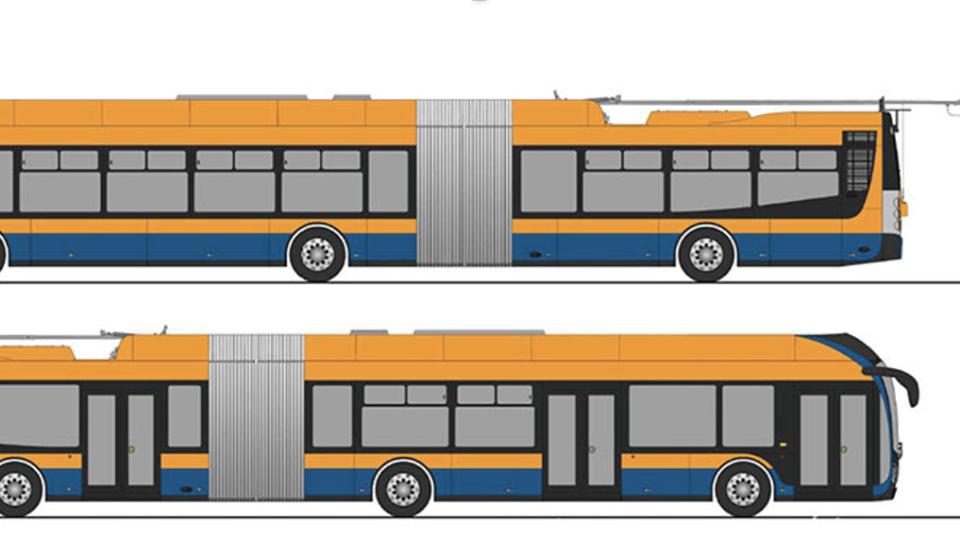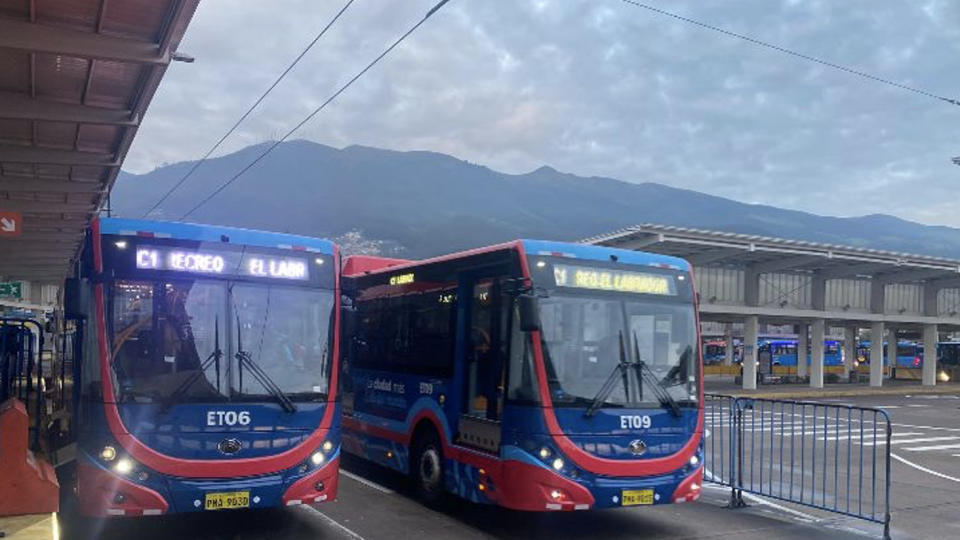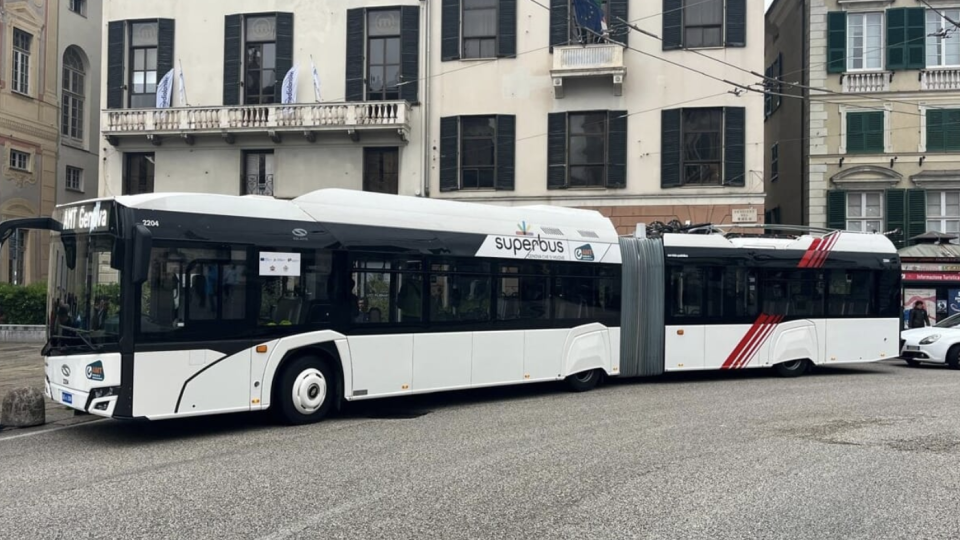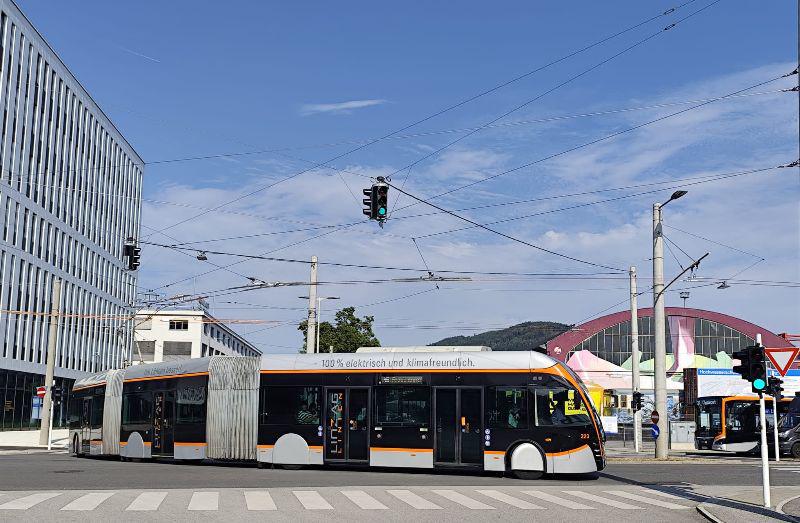Discovering Genoa’s new subway trains
The first of 14 trains ordered by AMT to upgrade the metro service has arrived in Genoa. The investment totalled EUR 70 million, fully financed by the Ministry of Transport. The vehicles, registered in the 41-54 series, will be put within a few months into operation on the Genoa metro line, which will increase its […]
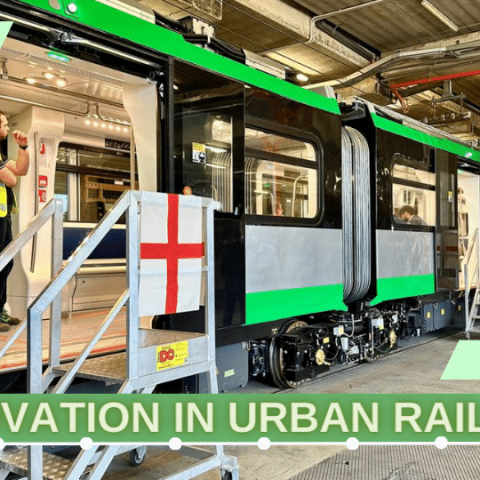
The first of 14 trains ordered by AMT to upgrade the metro service has arrived in Genoa. The investment totalled EUR 70 million, fully financed by the Ministry of Transport.
The vehicles, registered in the 41-54 series, will be put within a few months into operation on the Genoa metro line, which will increase its route with the extensions, the new Martinez and Canepari stations, and the opening of the Corvetto station to the public. The extensions and Corvetto station are scheduled to open in the coming months of 2024.
The new Genova metro trains in detail
Each of the 14 new vehicles is made up of four half-cars, resting on five bogies, for a total length of 39 metres, will be able to accommodate up to 290 passengers, will be bidirectional, and will also run in double formation for a total length of 78 metres and a capacity of 580 passengers.
In order to ensure greater operating flexibility, these trains will also be able to operate in double traction with the 7 third-generation vehicles, the 31-37 series delivered in 2016, currently in service.
Their entry into service will also allow the scrapping of the 6 first-generation trains, series 01-06, which were derived from the Zurich Tram 2000 and entered in service in 1990; the average age of the fleet will thus be lowered from 18.5 years to 9.8 years. On the other hand, the 10-series trains (11-22 series) built between 1991 and 1995 will be kept in operation. The fleet will therefore consist of the 21 trains of the 30 and 40 series and the 10 series trains.
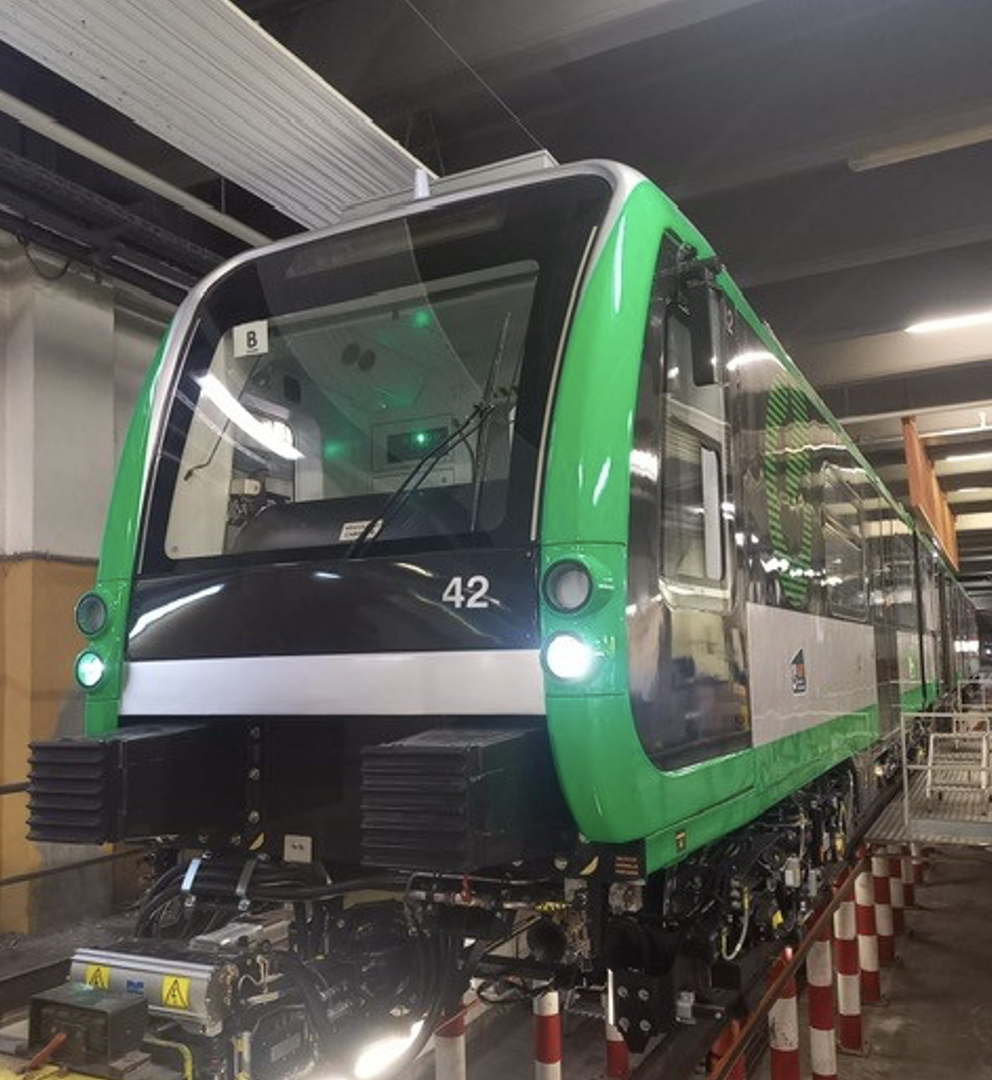
The design of the trains essentially confirms the line of the 30 series trains, with the appropriate technical improvements. The cars are intercommunicating and equipped with one door per side. The livery is now green stripes framing the black band at window height and the silver band.
The design of the interior fittings and on-board systems has been conceived to minimise the cluttering of the technical equipment, to the benefit of the passenger area so as to have architectural and visual continuity between the boxes. The arrangement of the seats, with blue backrests and seats, generates a symmetrical and balanced layout for weight distribution.
In addition to an innovative interior and exterior design, the vehicles boast advanced technologies and use materials that fully meet safety, resistance and recyclability requirements.
For operation, the new trains are equipped with both on-board ATP (Automatic Train Protection) system and ATO (Automatic Train Operation) system, an automatic driving system.
The on-board telecommunications system includes equipment in each of the four cars, which, thanks to an Ethernet network, guarantees the connectivity of all communication devices such as the public address system, passenger information displays, emergency intercoms, and control and communication devices reserved for the driver.
To ensure the safety and comfort of passengers during the service, the new trains are equipped with a video surveillance system and an innovative air conditioning system that will increase the comfort of both passengers and the driver’s cab.
Starting next week, the various fine-tuning activities by Hitachi Rail technicians will begin with a series of line tests, in order to complete the tests listed in the test plan attached to the project approved by the Ministry, including the functionality of the vehicles in double formation even with previous third-generation vehicles.
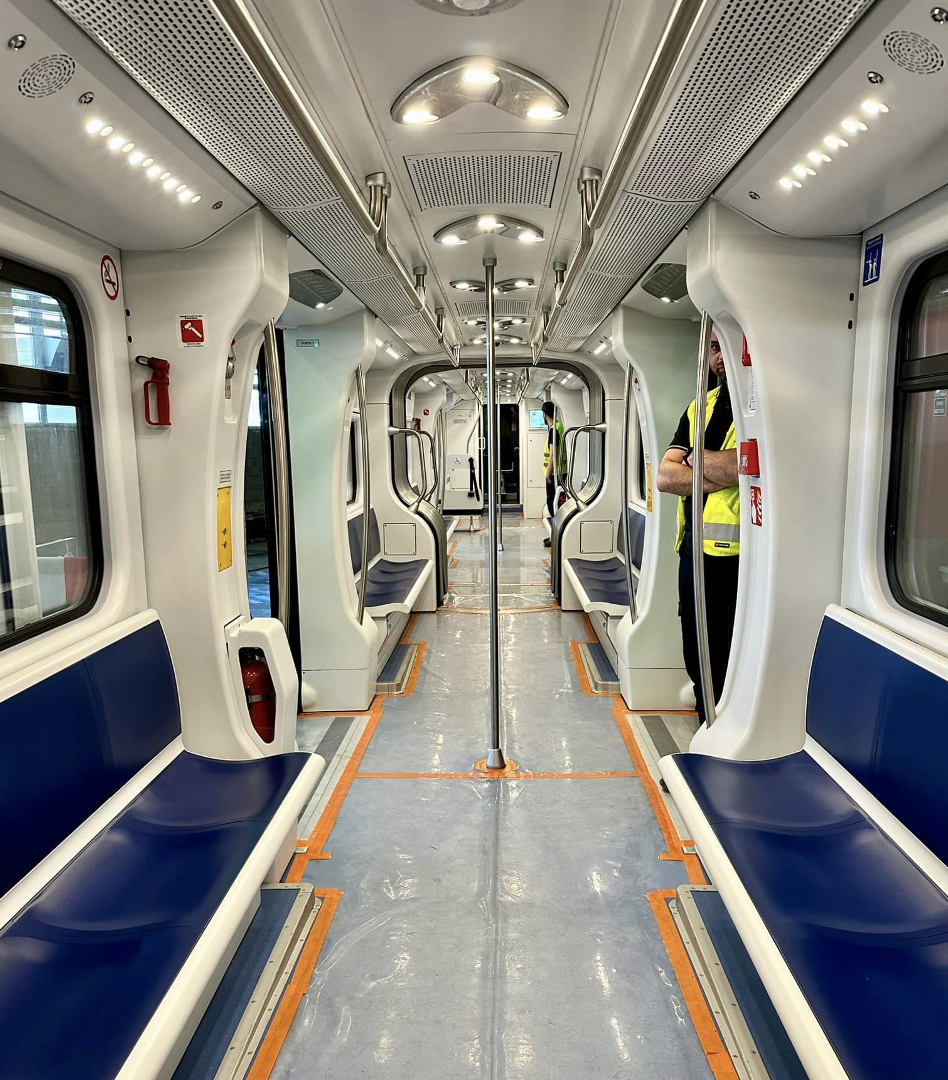
by Stefano Alfano




